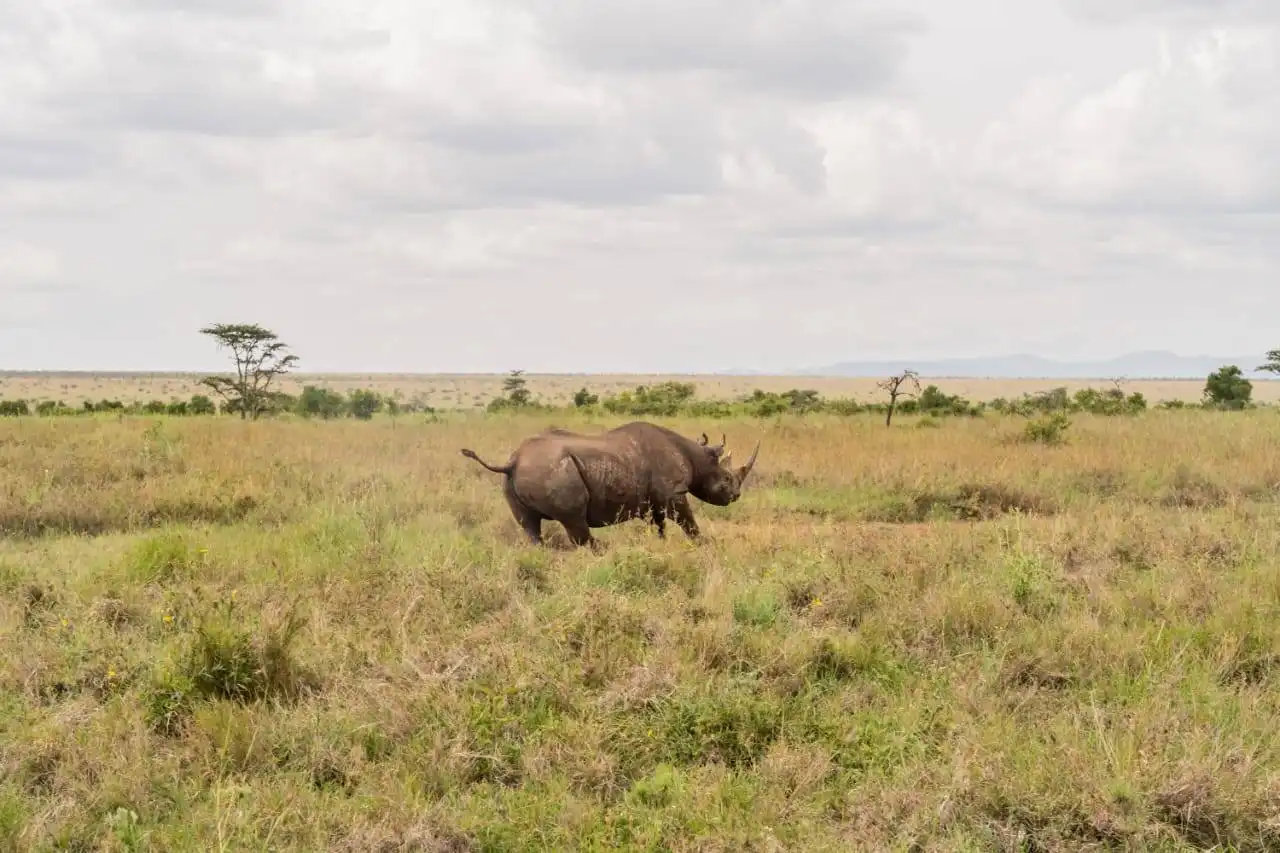News
Kenya's black rhino population makes remarkable recovery,
Kenya's black rhino population has made a remarkable recovery, growing from just 384 individuals in the late 1980s to the current population of 1,059 black rhinos.
This resurgence is largely attributed to strategic National conservation efforts, with the Institute playing a pivotal role in providing the scientific data that informs these initiatives.
With a projected 5% annual increase in black rhino numbers from the current base of 1,059, it is crucial, new secure spaces are established and rhinos translocated to the new suitable habitats.
Translocating rhinos to new habitats is a complex process that requires meticulous planning and data-driven decision-making. The Institute’s research efforts are instrumental in this regard, offering insights into habitat suitability, carrying capacities, and the health of rhino populations before, during and after the exercise.
Today, stakeholders and partners flagged off the translocation of 21 eastern black rhinos from Ol Pejeta to the Segera Conservancy in an event spearheaded by Kenya Wildlife Service and presided over by Cabinet Secretary for Tourism and Wildlife, Hon Rebecca Miano.
Working closely with other partners, the Institute will ensure proper collection, labelling, verification , coding and storage of rhino research samples for targeted research.
Additionally, the biological samples collected during these operations will be used for DNA profiling and health assessments, contributing to a comprehensive understanding of rhino genetics and physiology.
Further, the Institute, together with Segera management and Kenya Wildlife Service, will ensure the establishment of a post release monitoring plan for the first six months to monitor the rhinos respond to translocation informing policy interventions.
The Institute's impact extends beyond research; we actively collaborate with local and international partners to enhance conservation strategies.
Currently, the Institute is collaborating with Kenya Wildlife Service, WWF-Kenya, Chester Zoo, Manchester Metropolitan University, Smithsonian Institution and Mpala Research Center, where scientists are working to improve translocations through the measurement of several health and wellbeing markers in saliva, blood and faecal material of the species.
This information is crucial for determining optimal translocation periods and improving the breeding success rates of the rhinos.
Such collaborations also focus on building local capacity, ensuring that our scientists and facilities are equipped with the skills, knowledge and technology to continue these efforts independently.
Ministry of Tourism and Wildlife - Kenya
State Department for Wildlife
Kenya Wildlife Service
Silvia Museiya
Hon. Rebecca Miano, EGH
Ol Pejeta Conservancy
21 rhinos to be moved to Segera Conservancy in conservation initiative


